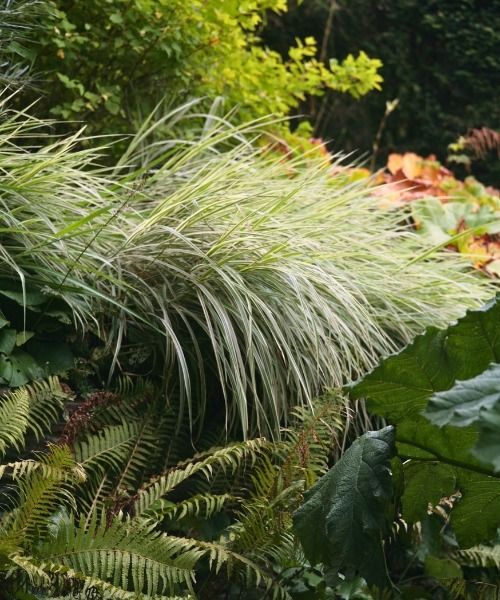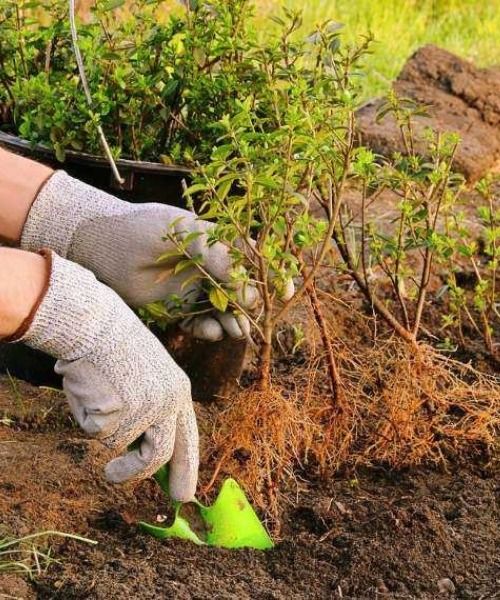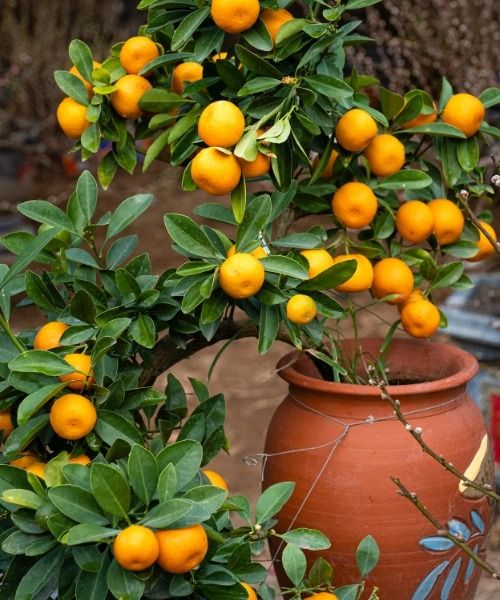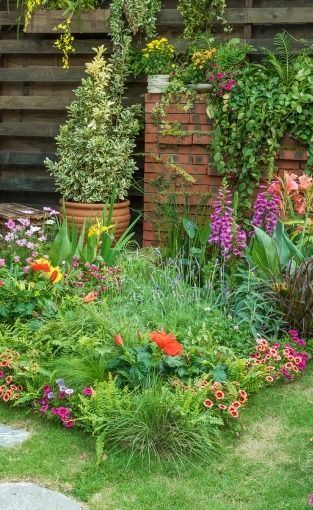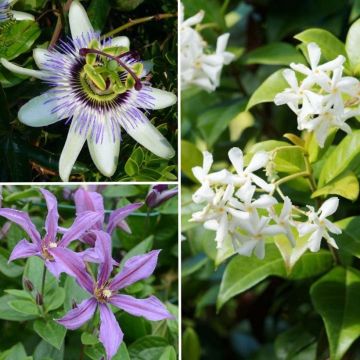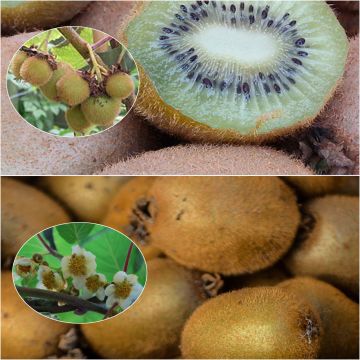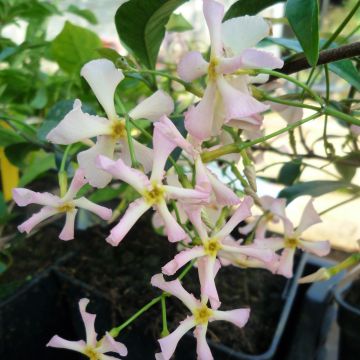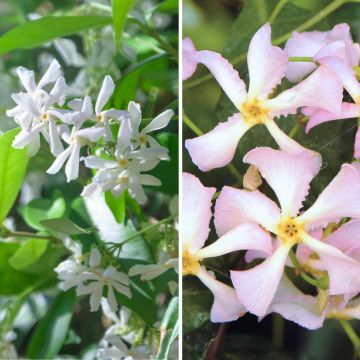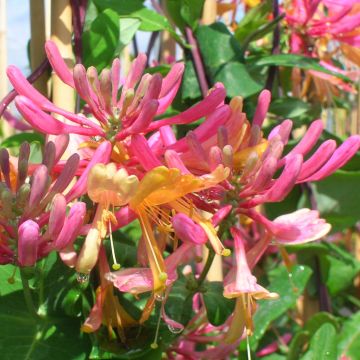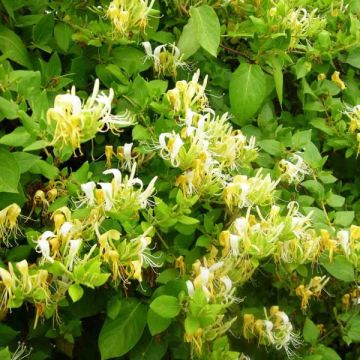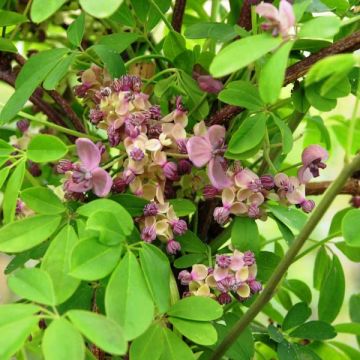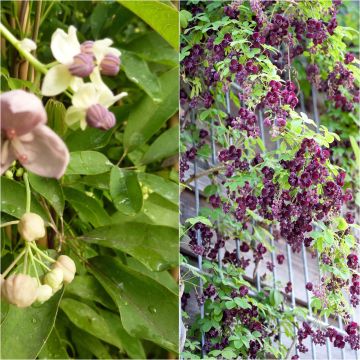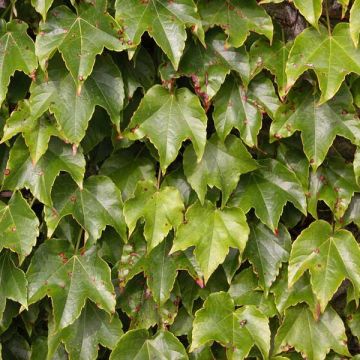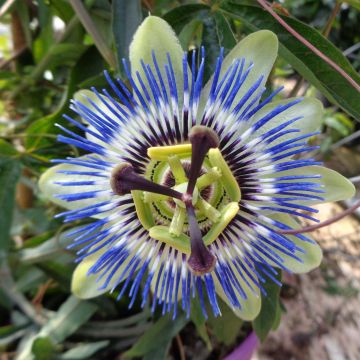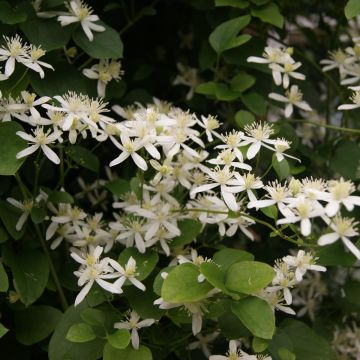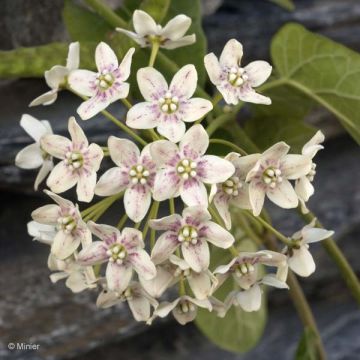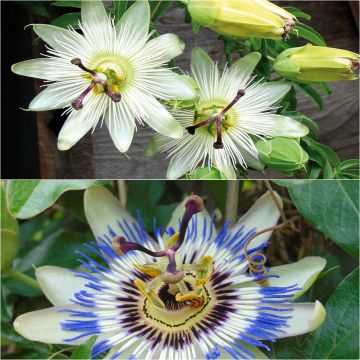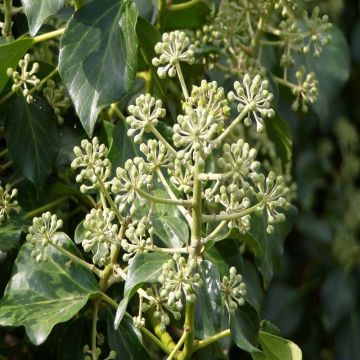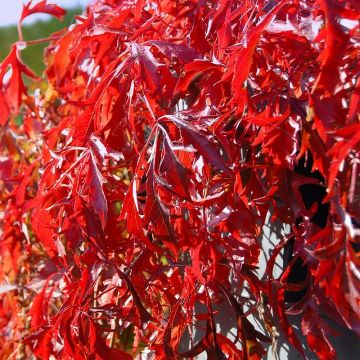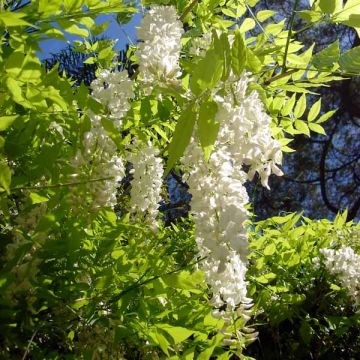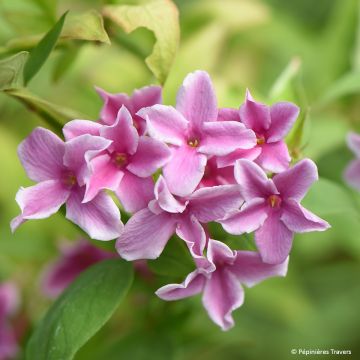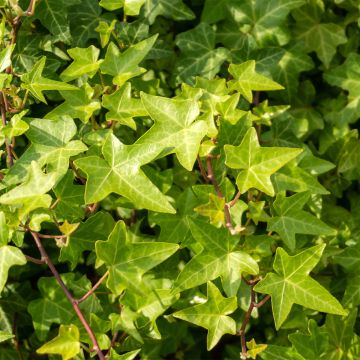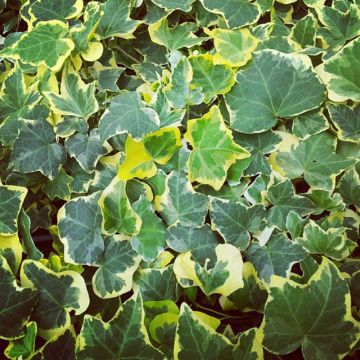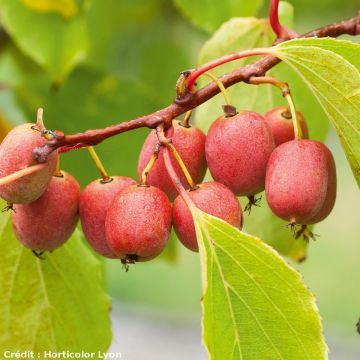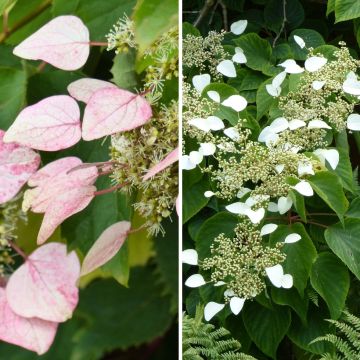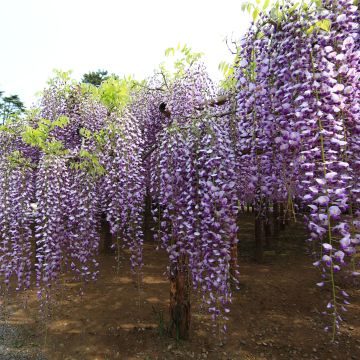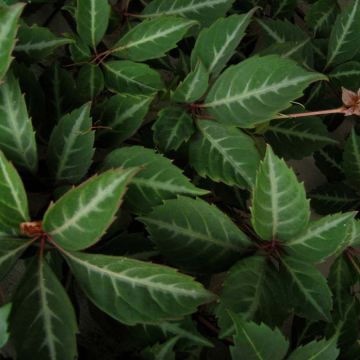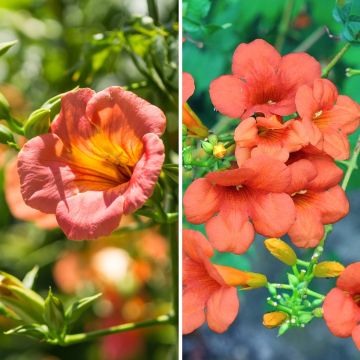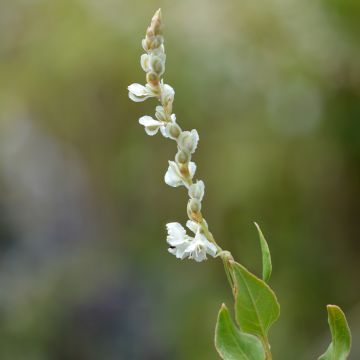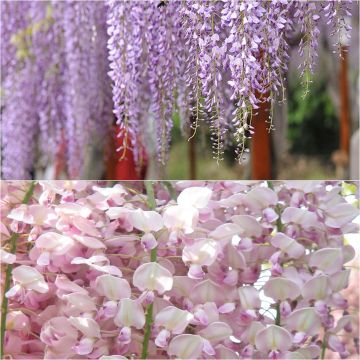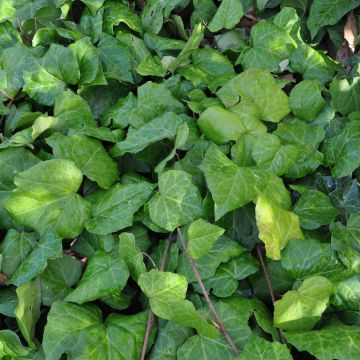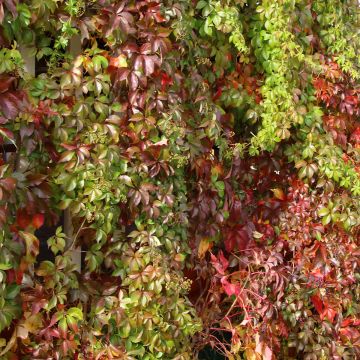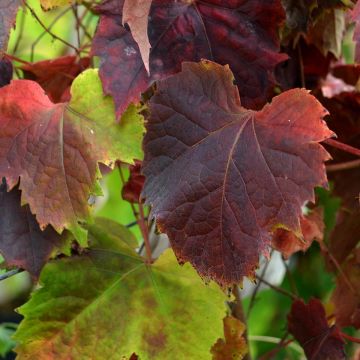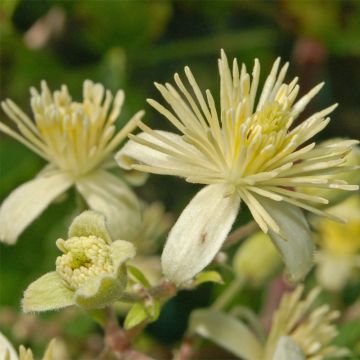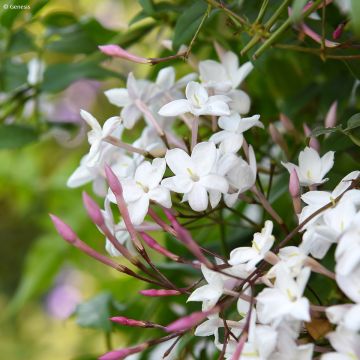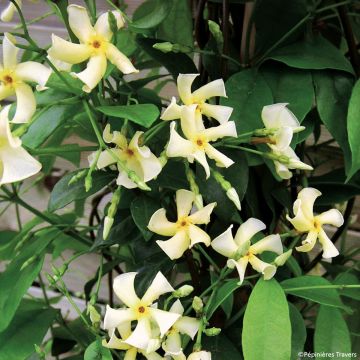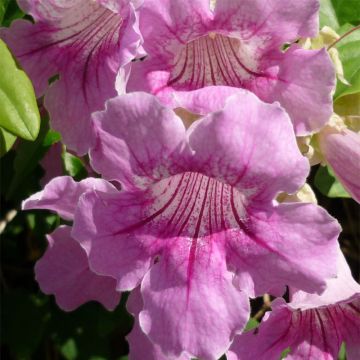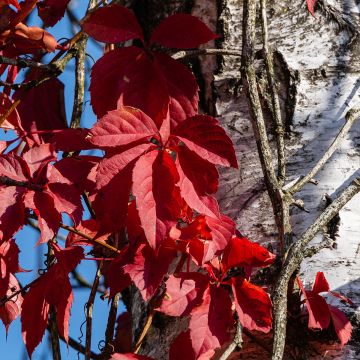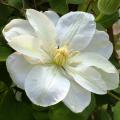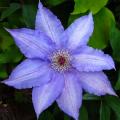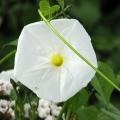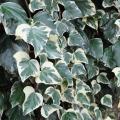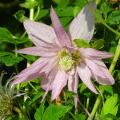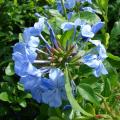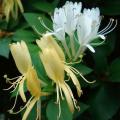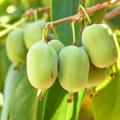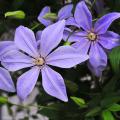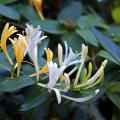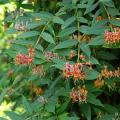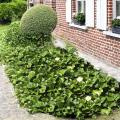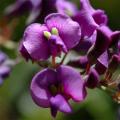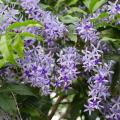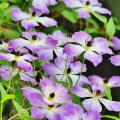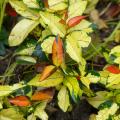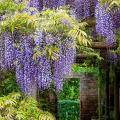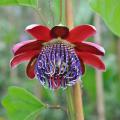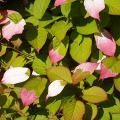Melliferous climbers
Would this plant suit my garden? Set up your Plantfit profile →

Available in 2 sizes
Available in 3 sizes
Available in 0 sizes
Available in 0 sizes
Available in 4 sizes
Available in 0 sizes
Available in 1 sizes
Available in 2 sizes
Available in 0 sizes
Available in 1 sizes
Available in 2 sizes
Available in 1 sizes
Available in 0 sizes
Available in 2 sizes
Available in 1 sizes
Available in 2 sizes
Available in 2 sizes
Available in 2 sizes
Available in 3 sizes
Available in 1 sizes
Available in 2 sizes
Available in 0 sizes
Available in 1 sizes

Available in 2 sizes
Available in 0 sizes
Available in 3 sizes
Available in 2 sizes
Available in 1 sizes
Available in 1 sizes
Available in 3 sizes
Available in 1 sizes
Available in 2 sizes
Available in 1 sizes
Available in 2 sizes
Available in 2 sizes
Available in 0 sizes
Available in 2 sizes
Available in 2 sizes
Available in 0 sizes
Available in 2 sizes
Available in 0 sizes
Available in 2 sizes
Available in 2 sizes
Available in 1 sizes
Available in 2 sizes
Available in 1 sizes
Available in 2 sizes
Available in 1 sizes
Available in 1 sizes
Climbing melliferous plants dress and flower a wall, a fence or a pergola while attracting pollinating insects: butterflies, bees and bumblebees. In the city as well as in the countryside, the gardener can enjoy a beautiful display that will provide food and shelter for pollinating insects.
Well-known indigenous melliferous climbing plants such as ivy Hedera helix and its varieties, honeysuckle Lonicera periclymenum and clematis (Clematis vitalba and C. flammula) rich in nectar and pollen, are particularly appreciated by our small European fauna. The wisteria needs no introduction, its fragrance intoxicates both the gardener and the large bees in spring and summer.
Less known is Cymbalaria Ruine de Rome, a small modest creeping or climbing plant, but very melliferous from April to September. In a large garden, climbers enrich the different vegetation layers, while in a small space, these plants take up little ground space while producing significant height vegetation with numerous flowers.
By diversifying plants, it is possible to offer pollinators a good source of food almost all year round. So don't hesitate any longer, plant climbing plants for bees, they will thank you for it!
Haven't found what you were looking for?






























